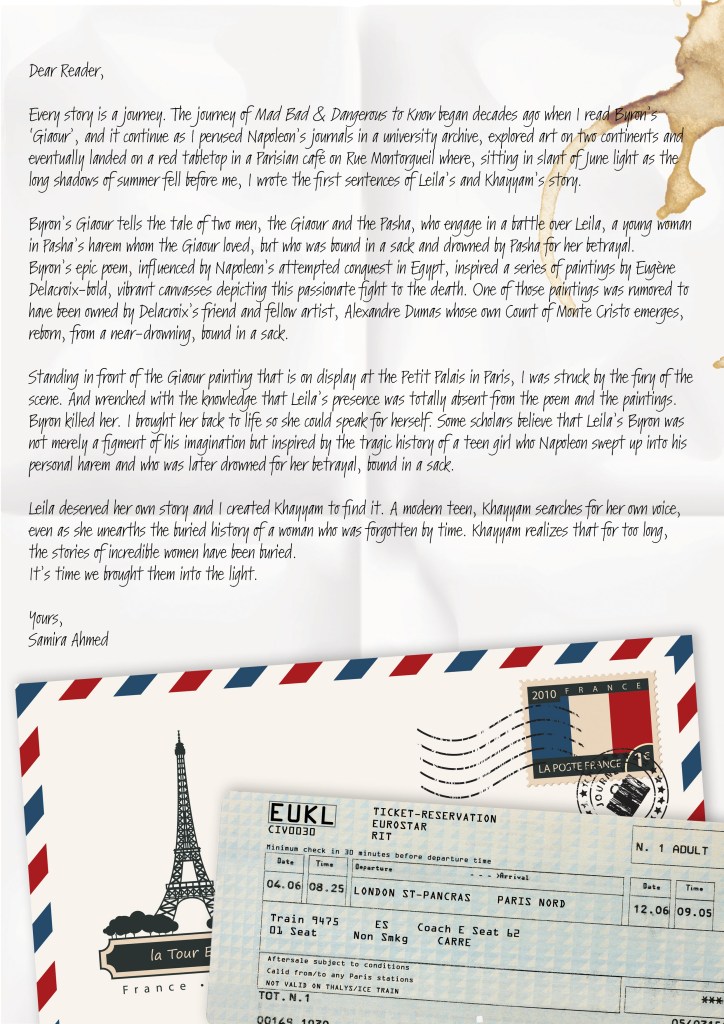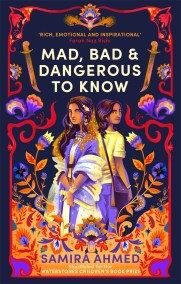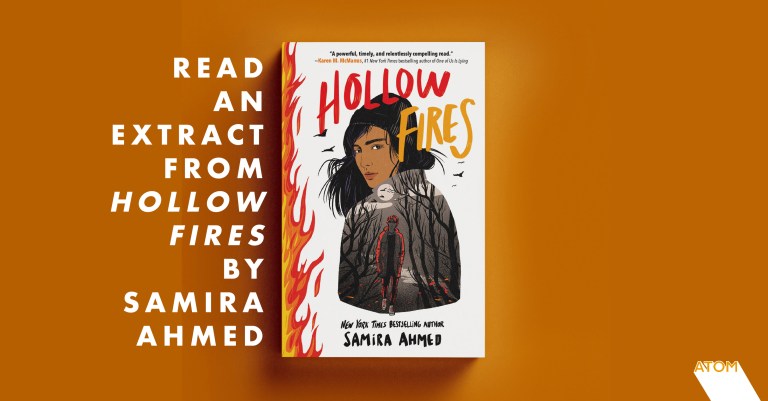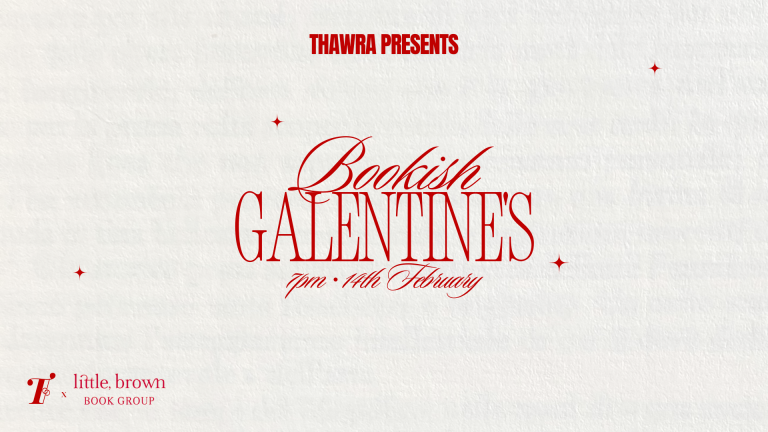This summer you’re heading to Paris with Samira Ahmed


It is August in Paris and budding art historian Khayyam should be having the time of her life - but even in the City of Lights she can't stop worrying about the mess she left back home in Chicago. Only when she meets a cute young Parisian - who happens to be a distant relative of the novelist Alexandre Dumas - do things start to get interesting, as she starts to unveil the story of a 19th century Muslim woman whose path may have intersected with Dumas, Eugène Delacroix and Lord Byron.
Two hundred years earlier in the Ottoman empire, Leila is the most favoured woman in the Pasha's harem. Her position is meant to be coveted; but she is struggling to survive as she fights to keep her true love hidden from her jealous captor.
Echoing across centuries, as Khayyam uncovers the scintillating truth of Leila's long-forgotten life, her own destiny is transformed forever.







